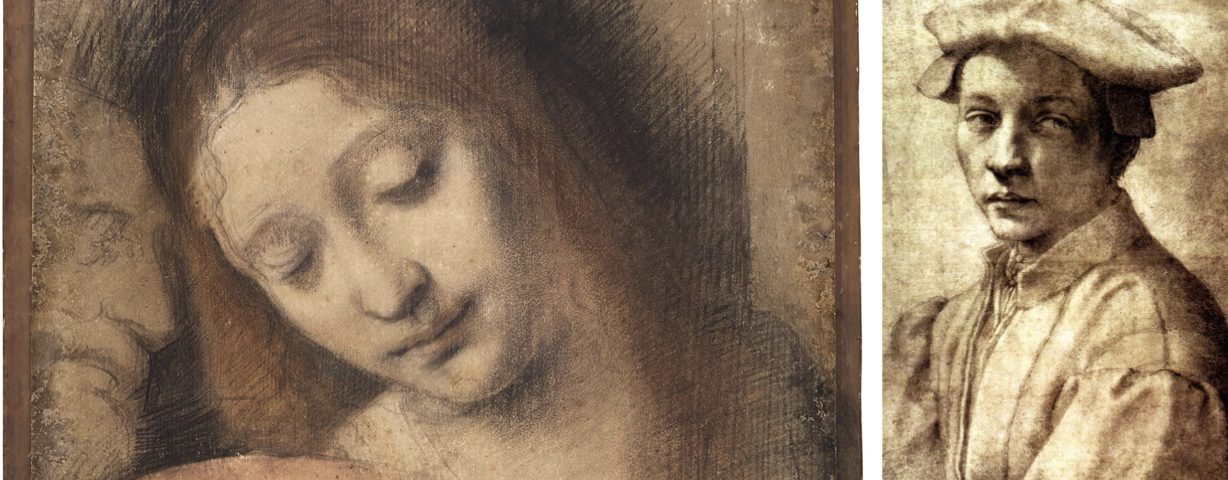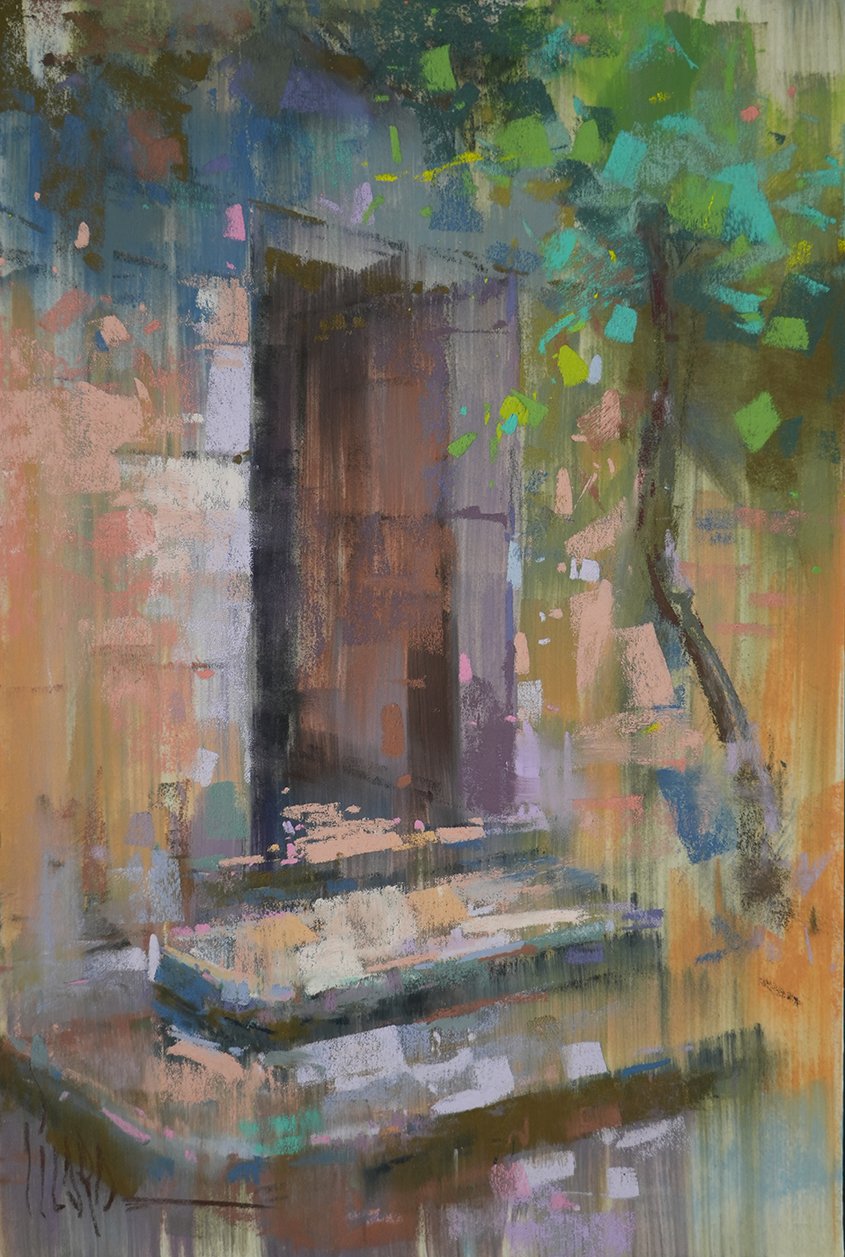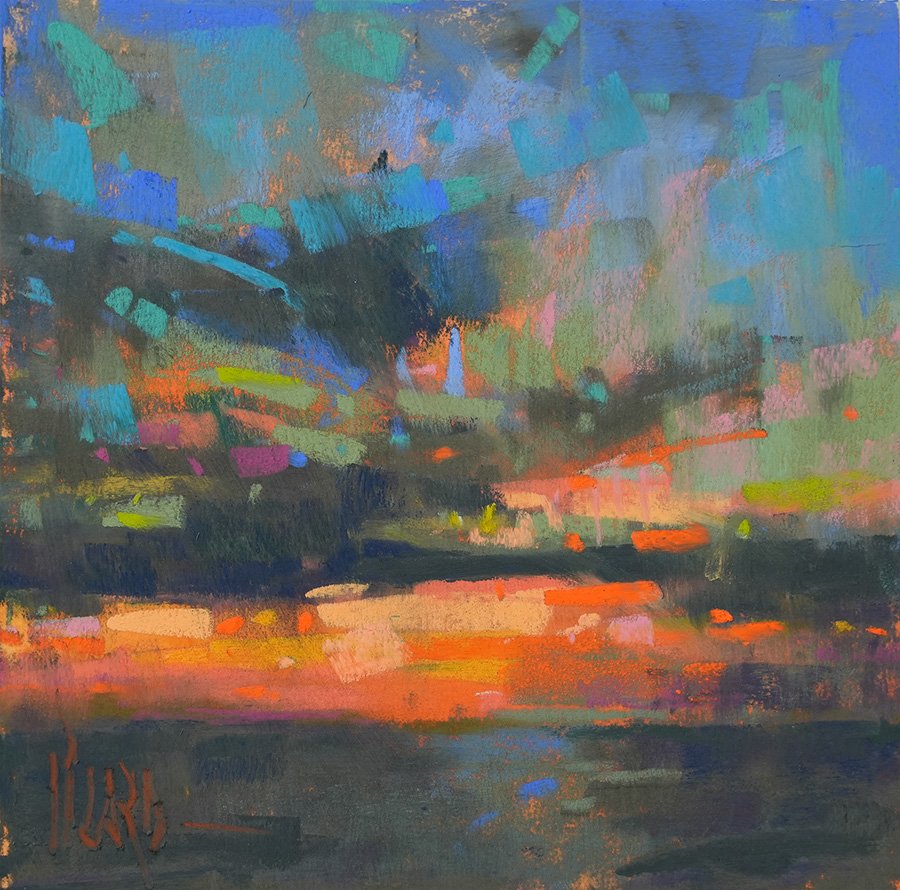I want to ask you to do something important as we start the new year, friend.
Artists are dreamers by nature. We love to imagine what could be, so looking ahead comes naturally to us. But I don’t want you to miss an opportunity to gain valuable insight by looking back over the last year and taking note of your creative experiences. Canadian Philosopher, Marshall McLuhan said, “We drive into the future using only our rearview mirror.” I think he was onto something.
As we look back, our minds tend to focus on the struggles, difficulties and even failures that happened. But that’s not the whole picture. It’s so important to acknowledge not only what went wrong, but also what went right, and how your beliefs and behaviors have led you to overcome obstacles and accomplish your goals. This is a powerful creative exercise.
What did you accomplish in the past year that you are most proud of? It’s time to acknowledge and celebrate your wins, both personally and with others. This will help you to cultivate gratitude and gain more confidence in your ability to accomplish new things in the coming year.
I encourage you to take some time answering the following questions:
What did you accomplish in the past year that you were most proud of?
What creative goals were you able to achieve?
What obstacles did you overcome along the way?
Did you experience a creative breakthrough this year?
Were there any new behaviors or routines that you established?
What lessons have you learned from your experiences in 2022?
What personal wins can you celebrate?
As you write down your experiences and accomplishments from the past year, express gratitude for the ways that you have learned and grown as an artist. This will position you well to begin dreaming for the year ahead. The rearview mirror really is important, Friend. Don’t look ahead into 2023 without first looking back on how far you’ve come!
It’s such a joy to share this creative adventure with you.
Have a Happy New Year!
Alain Picard
I’d love to celebrate with you! Head over to social media and share your win from 2022. Tag me @alainpicard on Instagram or @picardstudio on Facebook so I see your post and celebrate with you!

















